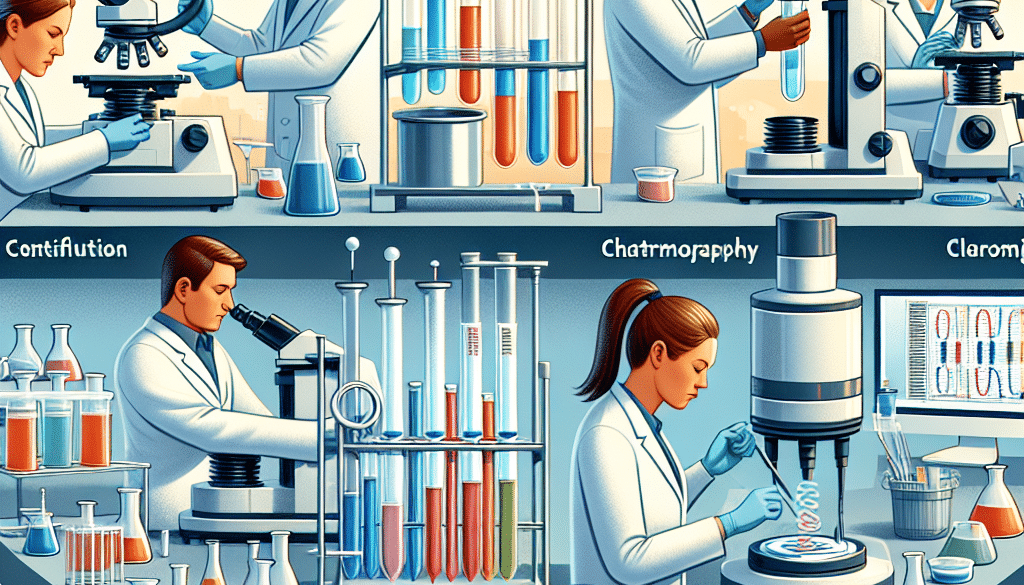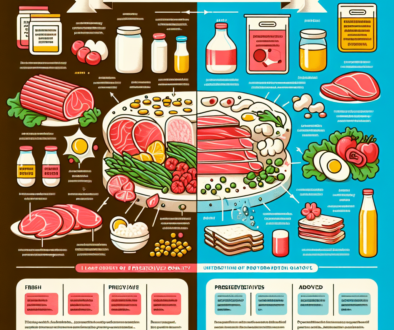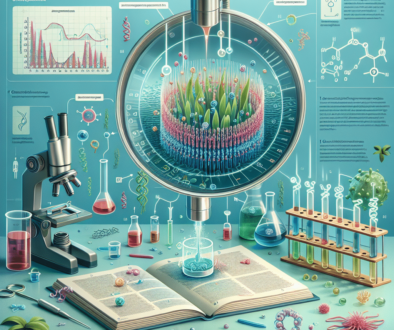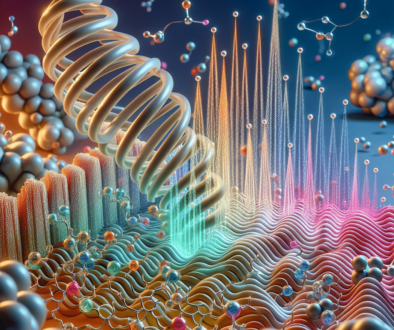Protein Purification Techniques: Purity for Perfect Results
-
Table of Contents
- Protein Purification Techniques: Ensuring Purity for Optimal Results
- Understanding the Importance of Protein Purity
- Initial Steps in Protein Purification
- Chromatographic Techniques
- Advanced Protein Purification Strategies
- Case Studies and Examples
- Challenges and Considerations in Protein Purification
- Conclusion: The Path to Purity
- Discover ETprotein’s High-Quality Protein Products
Protein Purification Techniques: Ensuring Purity for Optimal Results
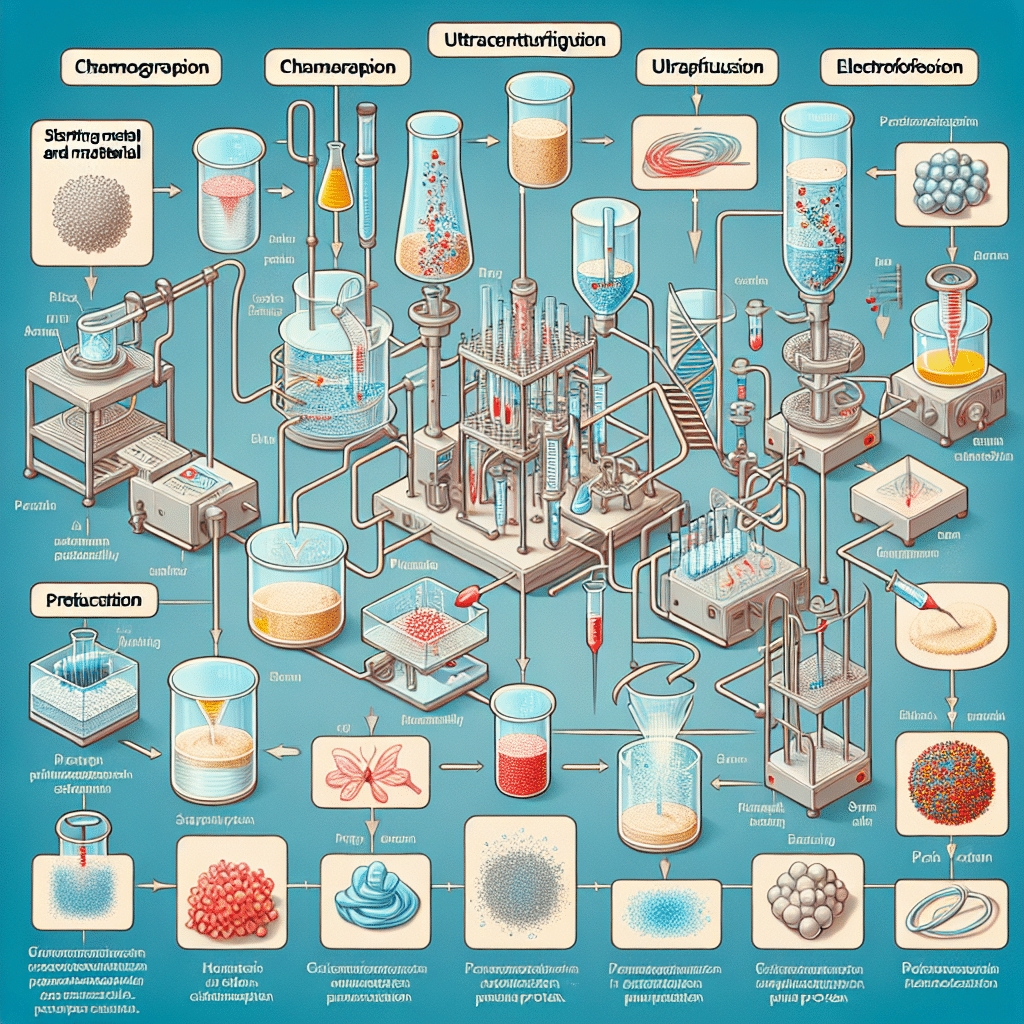
Proteins are the workhorses of the cell, involved in virtually every biological process. In the fields of biotechnology, pharmaceuticals, and research, the purification of proteins is a critical step that can determine the success or failure of downstream applications. The demand for pure proteins has led to the development of a variety of protein purification techniques, each with its own advantages and limitations. This article delves into the world of protein purification, exploring the methods and technologies that ensure the highest purity for perfect results.
Understanding the Importance of Protein Purity
Before diving into the techniques, it’s essential to understand why protein purity is so crucial. Pure proteins are necessary for:
- Structural and Functional Studies: To understand a protein’s function and structure, it must be isolated from other cellular components.
- Therapeutic Applications: Pharmaceuticals and vaccines require highly pure proteins to ensure safety and efficacy.
- Industrial Enzymes: In food and chemical industries, enzymes must be pure to avoid unwanted side reactions.
Impurities can lead to inaccurate results in research, reduced activity in industrial applications, and adverse reactions in therapeutic contexts. Therefore, the goal of protein purification is to isolate the target protein from a complex mixture while maintaining its structure and function.
Initial Steps in Protein Purification
The first steps in protein purification involve cell lysis and clarification to release the protein from the cell and remove insoluble debris. This is typically followed by a series of chromatographic techniques that exploit different properties of proteins, such as size, charge, hydrophobicity, and binding affinity.
Chromatographic Techniques
Chromatography is the cornerstone of protein purification, and several types are commonly used:
- Ion Exchange Chromatography (IEX): Separates proteins based on their charge.
- Size Exclusion Chromatography (SEC): Also known as gel filtration, separates proteins based on size.
- Affinity Chromatography: Exploits specific binding interactions between the protein and a ligand.
- Hydrophobic Interaction Chromatography (HIC): Separates proteins based on their hydrophobicity.
Each type of chromatography can be fine-tuned to achieve the desired level of purity, often requiring multiple chromatographic steps.
Advanced Protein Purification Strategies
For proteins that are difficult to purify or require exceptionally high purity, advanced techniques may be employed:
- High-Performance Liquid Chromatography (HPLC): Offers high resolution and is suitable for the final polishing of protein samples.
- FPLC (Fast Protein Liquid Chromatography): A gentler alternative to HPLC that is often used for larger or more delicate proteins.
- Ultrafiltration and Diafiltration: Concentrate the protein and exchange buffers using semi-permeable membranes.
These methods can be combined in a purification protocol tailored to the specific requirements of the target protein.
Case Studies and Examples
Real-world examples illustrate the importance of protein purification:
- Insulin Production: The purification of insulin for diabetic patients requires a high degree of purity to prevent immune reactions.
- Monoclonal Antibodies: Used in cancer therapy, these require rigorous purification to ensure that only the active therapeutic antibody is administered.
- Enzyme Manufacturing: Industrial enzymes, such as those used in detergent formulations, must be purified to prevent damage to fabrics or skin.
These examples underscore the critical role that protein purification plays in various industries and health applications.
Challenges and Considerations in Protein Purification
Protein purification is not without its challenges. The stability of the protein, the presence of proteases, and the potential for denaturation must all be considered. Additionally, the scale of purification can range from milligrams in a research lab to kilograms for industrial production, each with its own set of challenges.
Conclusion: The Path to Purity
In conclusion, protein purification is a complex but essential process that requires a strategic combination of techniques to achieve the desired purity. The choice of methods depends on the nature of the protein, the intended application, and the required scale. With the right approach, it is possible to isolate proteins with high purity and yield, paving the way for advancements in science and medicine.
Discover ETprotein’s High-Quality Protein Products
For those seeking premium protein products, ETprotein offers a range of organic bulk vegan protein and plant proteins. Their products are characterized by a neutral taste, non-GMO, and allergen-free attributes, making them suitable for a wide array of industries. Whether you’re involved in nutraceuticals, pharmaceuticals, cosmeceuticals, veterinary, or food and beverage sectors, ETprotein can meet your protein needs with their extensive product range.
About ETprotein:
ETprotein, a reputable protein Chinese factory manufacturer and supplier, is renowned for producing, stocking, exporting, and delivering the highest quality organic bulk vegan protein and plant proteins. They include Organic rice protein, clear rice protein, pea protein, clear pea protein, pumpkin seed protein, sunflower seed protein, mung bean protein, peanut protein etc. Their offerings, characterized by a neutral taste, non-GMO, allergen-free attributes, cater to a diverse range of industries. They serve nutraceutical, pharmaceutical, cosmeceutical, veterinary, as well as food and beverage finished product distributors, traders, and manufacturers across Europe, USA, Canada, Australia, Thailand, Japan, Korea, Brazil, and Chile, among others.
ETprotein specialization includes exporting and delivering tailor-made protein powder and finished nutritional supplements. Their extensive product range covers sectors like Food and Beverage, Sports Nutrition, Weight Management, Dietary Supplements, Health and Wellness Products, and Infant Formula, ensuring comprehensive solutions to meet all your protein needs.
As a trusted company by leading global food and beverage brands and Fortune 500 companies, ETprotein reinforces China’s reputation in the global arena. For more information or to sample their products, please contact them and email sales(at)ETprotein.com today.

